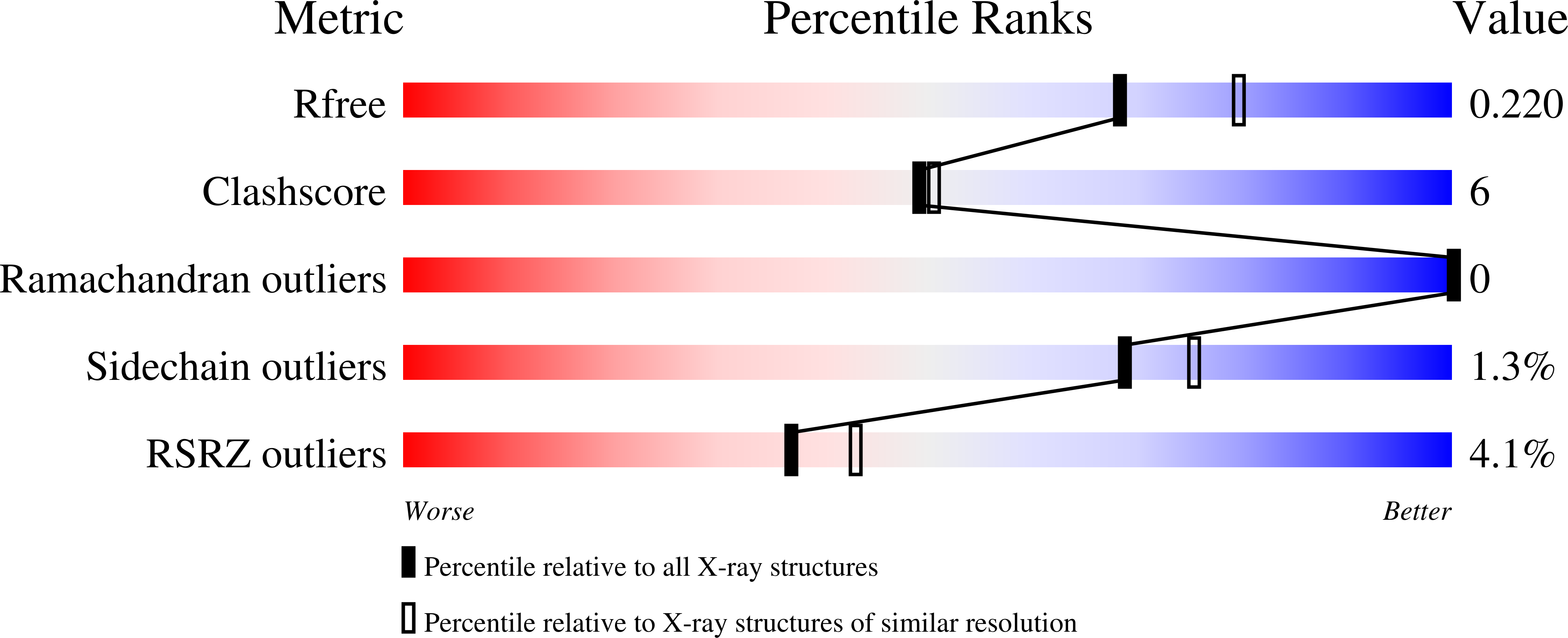
Deposition Date
2002-03-08
Release Date
2002-10-23
Last Version Date
2023-08-16
Entry Detail
PDB ID:
1L5Y
Keywords:
Title:
CRYSTAL STRUCTURE OF MG2+ / BEF3-BOUND RECEIVER DOMAIN OF SINORHIZOBIUM MELILOTI DCTD
Biological Source:
Source Organism:
Sinorhizobium meliloti (Taxon ID: 382)
Host Organism:
Method Details:
Experimental Method:
Resolution:
2.10 Å
R-Value Free:
0.22
R-Value Work:
0.18
Space Group:
P 21 21 21


